Giro d'Italia time trial analysis: Not one for the power specialists
9.7km course dips and rolls around Jerusalem's city streets
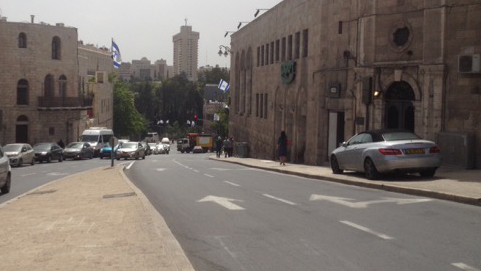

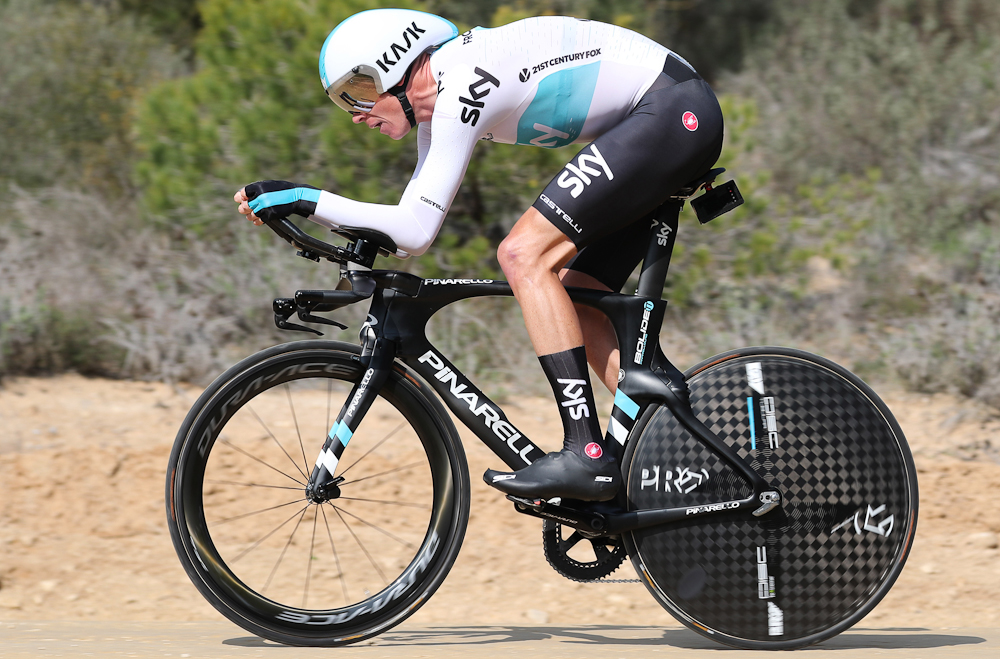
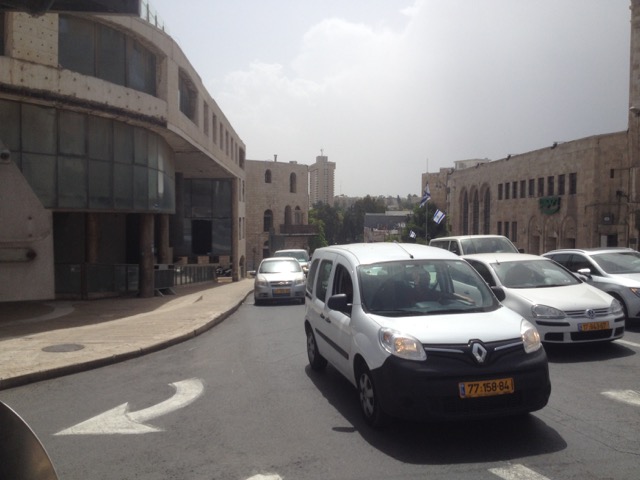
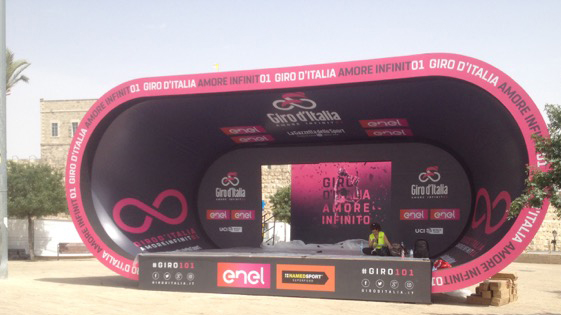
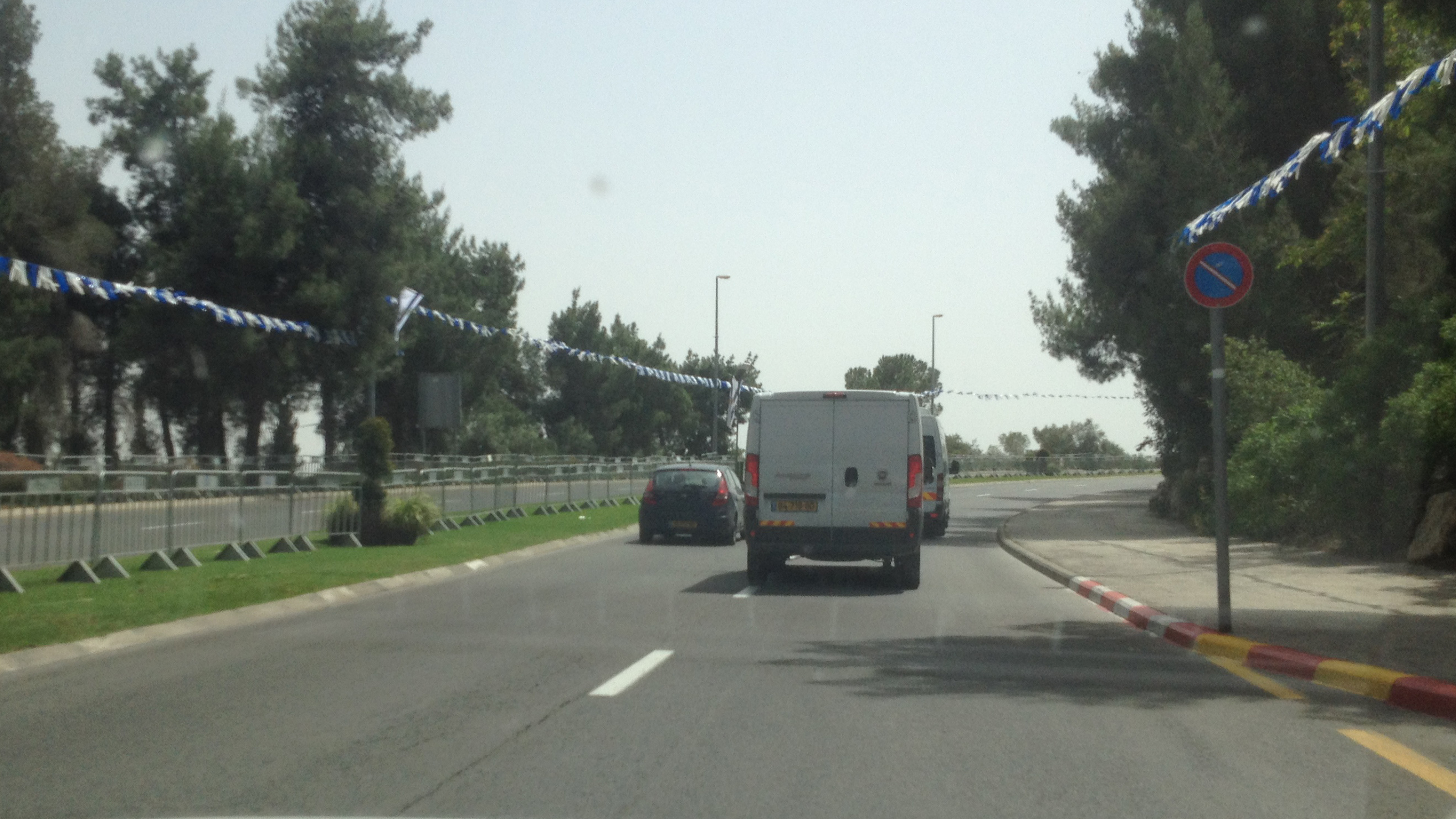
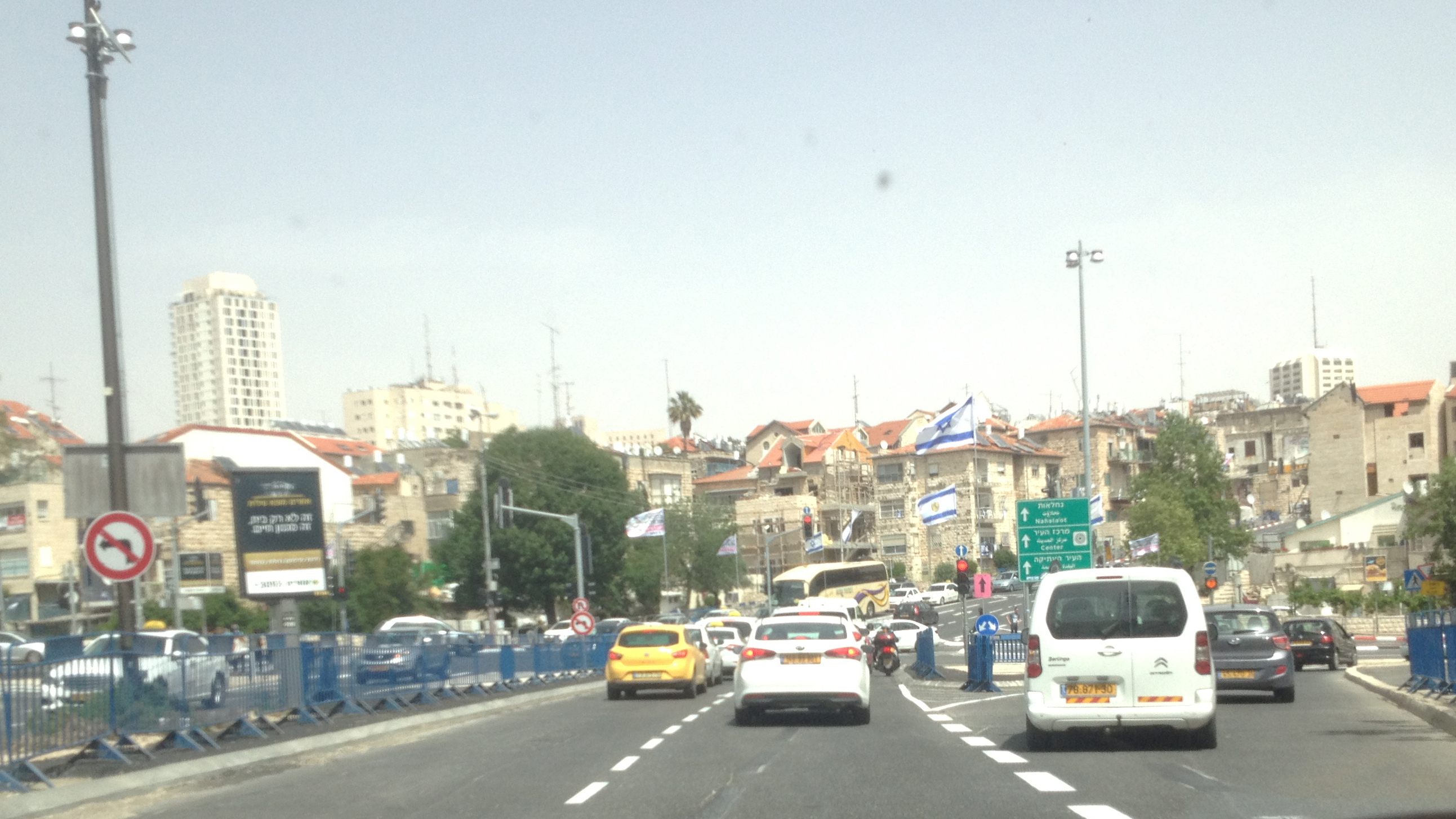
Fast, rolling and technical, the opening 9.7-kilometre time trial of the 2018 Giro d'Italia could produce an unexpected winner and first maglia rosa, not to mention causing more damage than expected amongst the overall contenders.
The 22 teams in Jerusalem will no doubt hold lengthy backroom debates in the next couple of days about this year's opening individual time trial, with riders needing to carry out detailed reconnaissance rides during Friday morning's training window on the route and then careful warm-up so they are ready to go when they roll down the start ramp.
Although it is only a little over the required eight-kilometre maximum that stops it being defined as a prologue, this year's opening Giro cronometro has more than enough ingredients to immediately shake up the race.
Cyclingnews analysed the route on Wednesday while the roads of Jerusalem were still open to traffic.
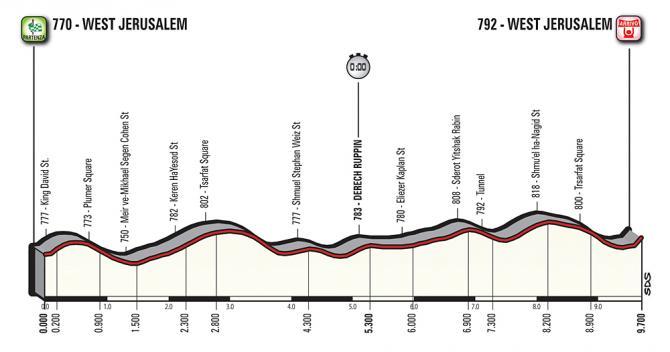
18 corners and countless changes in direction
The 9.7-kilometre course is mostly on broad, open streets, with no cobbled sections or sharp corners through narrow city centre streets. However, appearances can be deceptive, and the 18 or so corners, countless smaller changes in direction and constantly undulating course mean the odds of pure time trialling specialists such as former world champions Tony Martin (Katusha-Alpecin) or Vasil Kiryienka (Team Sky) winning on Friday are limited.
As if to underline how difficult the time trial course is, the start is on a steady, if not over-challenging rise, between some of Jerusalem’s more modern buildings in Yitshak Kariv Street. The riders face a sharp left-hander after 200 metres, at a large crossroads and should they glance right, on the opposite side, they will see their rivals completing the final 300 metres of the course - and heading up the steeper rise of King David Street.
Having opened up their lungs with the rising opening 400 metres of pedalling, the riders will cover what could be called typical terrain for this opening Jerusalem time trial: wide, well-surfaced roads, often with a central reservation, with modern, tall buildings on both sides too far apart to break up the strongest winds.
Get The Leadout Newsletter
The latest race content, interviews, features, reviews and expert buying guides, direct to your inbox!
There is a gently downhill for about a kilometre. However any speed the riders may have picked up there, will be lost abruptly at the 1.5km point when the route turns sharply and heads uphill, rising as steadily as it was falling before on gradients of about three or four per cent. Moving back briefly onto a broad avenue at Tsarfat Square, the course then darts off left onto a narrower road in a residential district before speeding down a long, swooping descent into more open parkland. On the far side of the shallow, tree-dotted valley, the riders will see the Knesset parliamentary buildings ahead of them, which the course circles round before heading back towards the city centre.
The curving Derech Rupin road in the only really exposed part of the course. The riders climb on a strength-sapping steady gradient to the first checkpoint at 5.1km, which is in the shadow of the Knesset buildings, with modern-looking government offices replacing more typical urban landscapes on all sides.
The road then heads upwards again via one long hairpin and another brief, broad downward section, sweeping through a well-lit tunnel, with a kick up to the high point of 818 metres above sea level. This is only 40 metres higher than the starting altitude, with the constant changes of gradient make the course much more of a challenge than that looks on paper.
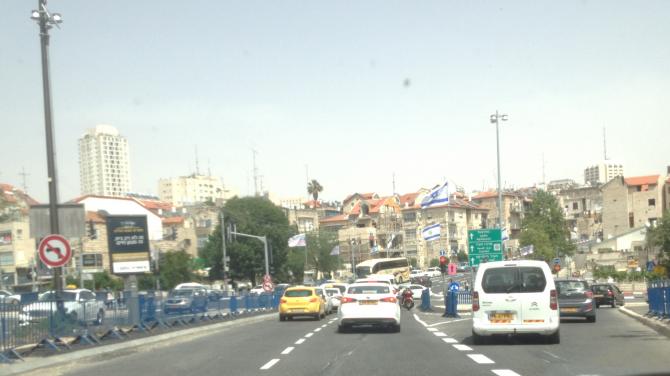
The last kilometre and a half, in narrower city streets, with some poor road surfaces and with some fast downhill sections, is arguably the most technical of all.
The real sting in the tail comes 300 metres from the finish when, after a sharp turn left and small veer right: the route begins to climb again. This is the one serious gradient of the course, averaging nine per cent on a straight wide road. Riders will have to calculate their effort very carefully, reaching the summit of Shomo na Melekh street almost, but not completely, empty because they still have to sprint to the finish line.
Although road surfaces are rough, with uneven, old tarmac around kilometre three and kilometre eight, on the plus side the weather is forecast to stay dry until Friday at least, which means that there is less likelihood of urban road dirt and grease combining with water to cause crashes.
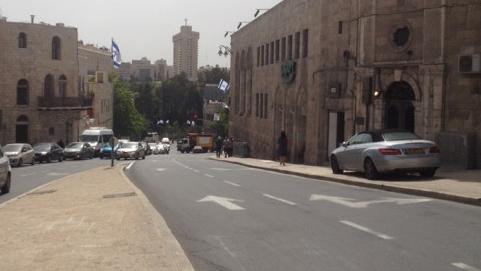
Bike and gear selection will be decisive
The 9.7km course is probably not testing enough to justify contemplating road bikes. However, the riders and teams will no doubt debate about wheel, tyre and gear selection. An overall contender who makes the wrong equipment decisions, who rides the technical course badly or who is simply on a bad day, could lose a significant amount of time. The poorer time triallist could lose between 30 and 40 seconds to the pure specialists and risk takers. That's not to say they would end up out of contention for the maglia rosa but they certainly could start the Giro d'Italia on the back foot.
As for favourites, Team Sky have plenty of options, starting with team leader Chris Froome. Wout Poels and David De La Cruz, both solid time triallists who have done well on similarly hilly, technical courses, could be contenders too.
Rohan Dennis (BMC Racing), whose fourth place on an even more technical, hillier course at the recent Tour of Romandie, not to mention past success at all levels, bodes well for his first-ever maglia rosa.
On the GC front, Froome and Tom Dumoulin (Team Sunweb) are obvious candidates, while Thibaut Pinot (FDJ) could well be a surprise strong performer due to his natural aggression. The likes of Fabio Aru (UAE Team Emirates), Esteban Chaves and Simon Yates (Mitchelton-Scott) and Miguel-Angel Lopez (Astana), will be looking to limit their time losses.
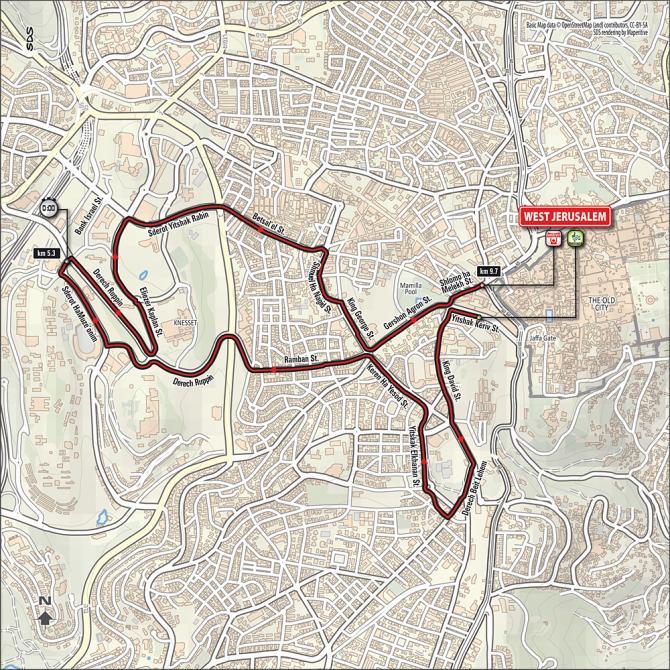
Alasdair Fotheringham has been reporting on cycling since 1991. He has covered every Tour de France since 1992 bar one, as well as numerous other bike races of all shapes and sizes, ranging from the Olympic Games in 2008 to the now sadly defunct Subida a Urkiola hill climb in Spain. As well as working for Cyclingnews, he has also written for The Independent, The Guardian, ProCycling, The Express and Reuters.
